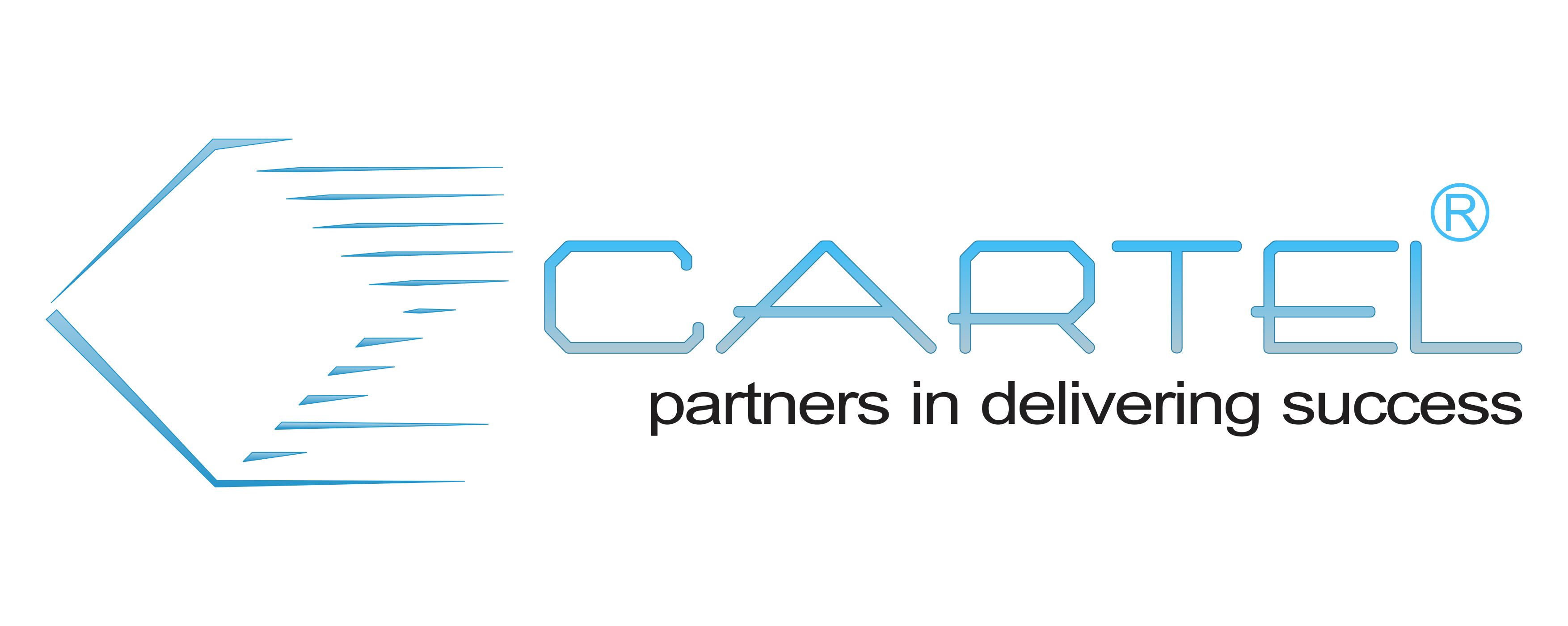Oracle 11G Database Administration
Overview
– Install Oracle Grid Infrastructure
– Install and configure Oracle Database 11g
– Configure Oracle Net services
– Monitor and administer undo data
– Manage the database storage structures
– Create and administer user accounts
– Perform basic backup and recovery of a database
– Manage data concurrency
– Monitor performance
– Describe Oracle Database Architecture
Course Details
Exploring the Oracle Database Architecture
– Oracle Database Architecture Overview
– Oracle ASM Architecture Overview
– Process Architecture
– Memory structures
– Logical and physical storage structures
– ASM storage components
Installing your Oracle Software
– Tasks of an Oracle Database Administrator
– Tools Used to Administer an Oracle Database
– Installation: System Requirements
– Oracle Universal Installer (OUI)
– Installing Oracle Grid Infrastructure
– Installing Oracle Database Software
– Silent Install
Creating an Oracle Database
– Planning the Database
– Using the DBCA to Create a Database
– Password Management
– Creating a Database Design Template
– Using the DBCA to Delete a Database
Managing the Oracle Database Instance
– Start and stop the Oracle database and components
– Use Oracle Enterprise Manager
– Access a database with SQLPlus
– Modify database installation parameters
– Describe the stages of database startup
– Describe database shutdown options
– View the alert log
– Access dynamic performance views
Manage the ASM Instance
– Set up initialization parameter files for ASM instance
– Start up and shut down ASM instances
– Administer ASM disk groups
Configuring the Oracle Network Environment
– Use Enterprise Manager to create and configure the Listener
– Enable Oracle Restart to monitor the listener
– Use tnsping to test Oracle Net connectivity
– Identify when to use shared servers and when to use dedicated servers
Managing Database Storage Structures
– Storage Structures
– How Table Data Is Stored
– Anatomy of a Database Block
– Space Management in Tablespaces
– Tablespaces in the Preconfigured Database
– Actions with Tablespaces
– Oracle Managed Files (OMF)
Administering User Security
– Database User Accounts
– Predefined Administrative Accounts
– Benefits of Roles
– Predefined Roles
– Implementing Profiles
Managing Data Concurrency
– Data Concurrency
– Enqueue Mechanism
– Resolving Lock Conflicts
– Deadlocks
Managing Undo Data
– Data Manipulation
– Transactions and Undo Data
– Undo Data Versus Redo Data
– Configuring Undo Retention
Implementing Oracle Database Auditing
– Describe DBA responsibilities for security
– Enable standard database auditing
– Specify audit options
– Review audit information
– Maintain the audit trail
Database Maintenance
– Manage optimizer statistics
– Manage the Automatic Workload Repository (AWR)
– Use the Automatic Database Diagnostic Monitor (ADDM)
– Describe and use the advisory framework
– Set alert thresholds
– Use server-generated alerts
– Use automated tasks
Performance Management
– Performance Monitoring
– Managing Memory Components
– Enabling Automatic Memory Management (AMM)
– Automatic Shared Memory Advisor
– Using Memory Advisors
– Dynamic Performance Statistics
– Troubleshooting and Tuning Views
– Invalid and Unusable Objects
Backup and Recovery Concepts
– Part of Your Job
– Statement Failure
– User Error
– Understanding Instance Recovery
– Phases of Instance Recovery
– Using the MTTR Advisor
– Media Failure
– Archive Log Files
Performing Database Backups
– Backup Solutions: Overview
– Oracle Secure Backup
– User-Managed Backup
– Terminology
– Recovery Manager (RMAN)
– Configuring Backup Settings
– Backing Up the Control File to a Trace File
– Monitoring the Flash Recovery Area
Performing Database Recovery
– Opening a Database
– Data Recovery Advisor
– Loss of a Control File
– Loss of a Redo Log File
– Data Recovery Advisor
– Data Failures
– Listing Data Failures
– Data Recovery Advisor Views
Moving Data
– Describe ways to move data
– Create and use directory object
– Use SQL Loader to move data
– Use external tables to move data
– General architecture of Oracle Data Pump
– Use Data Pump export and import to move data
Working with Support
– Use the Enterprise Manager Support Workbench
– Work with Oracle Support
– Log service requests (SR)
– Manage patches
Prerequisites
- Taken Oracle Introduction to SQL course or equivalent experience
- Oracle Database: Introduction to SQL
